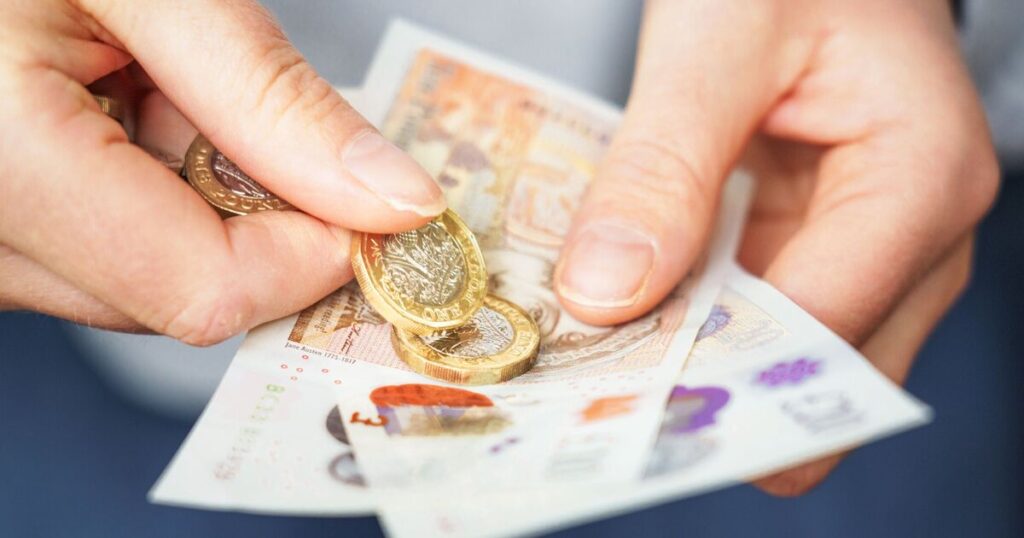
If you’re doing well at work and earning a decent wage, the chances are you’re enjoying your hard earned cash and not always giving too much thought to retirement. While retirement may feel like a long way away for some people, planning for it early is important and you’ll thank yourself for it once the time comes to hand in your notice.
Financial experts say there is one simple action that high earners – people earning more than £50,270 per year – can do now that will make a huge difference in retirement, and it’s simply to claim your pension tax relief. The amount of tax relief you get usually depends on the rate of income tax that you pay and the type of pension scheme you’re in. You’ll either get it automatically, or in some cases you’ll have to claim it yourself.
You’ll get the relief automatically if your employer takes workplace pension contributions from our pay before deducting income tax, or your pension provider claims tax relief from the government at the basic 20% and adds it to your pension.
But if you’re a higher rate tax payer (you earn between £50,271 and £125,140), then you can get up to 40% tax relief and you might need to claim the extra 20% through self assessment. Additional rate tax payers (anyone who earns more than £125,140) can get up to 45% tax relief and may need to submit a self assessment to claim the extra 25%.
Financial service firm Hargreaves Lansdown explains: “Pension tax relief is a hidden hero of retirement that can see a £100 contribution only cost £80 for a basic-rate taxpayer. Higher and additional-rate taxpayers get an even better deal with that £100 pension contribution only costing them £60 and £55 respectively. However, in some cases, you won’t receive your full amount of tax relief automatically.
“Basic-rate tax relief will usually be added to your contribution automatically and you won’t need to claim extra relief if your pension is set up under salary sacrifice either. However, if you’re a higher or additional-rate taxpayer, you might need to claim the extra 20% or 25% tax relief through self-assessment.
“If your pension is set up under a net pay arrangement, then the correct tax relief will be taken. However, if your pension is set up under what’s known as relief at source, then you will need to claim the extra tax relief through self-assessment. This is because if your pension is a net pay arrangement, your pension contribution is deducted from your salary before income tax is paid. Your scheme will then claim back tax relief at your marginal rate of income tax.
“If it’s set up as relief at source, contributions are deducted from your salary after tax. The employer takes 80% of the contribution from the employee’s salary and then reclaims the extra 20% from HMRC. This means if you’re entitled to tax relief at a higher rate, then you need to claim it.”
 Latest Breaking News Online News Portal
Latest Breaking News Online News Portal






